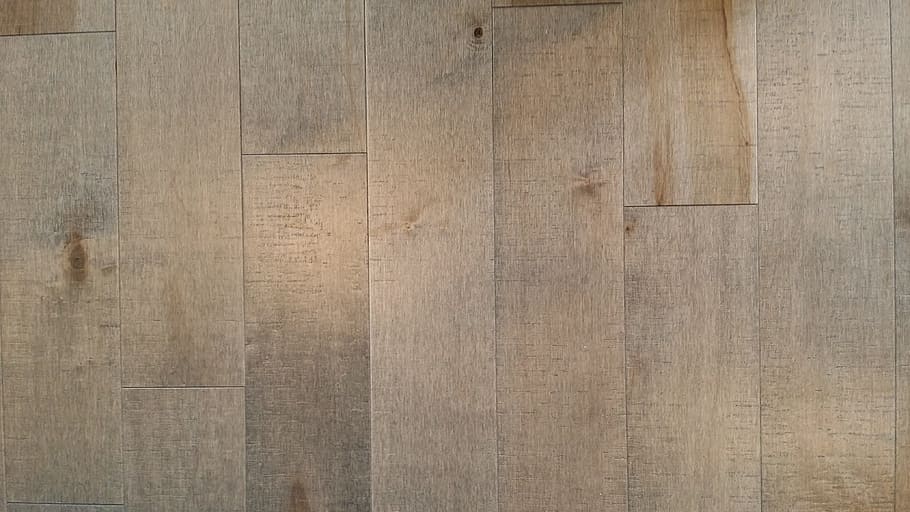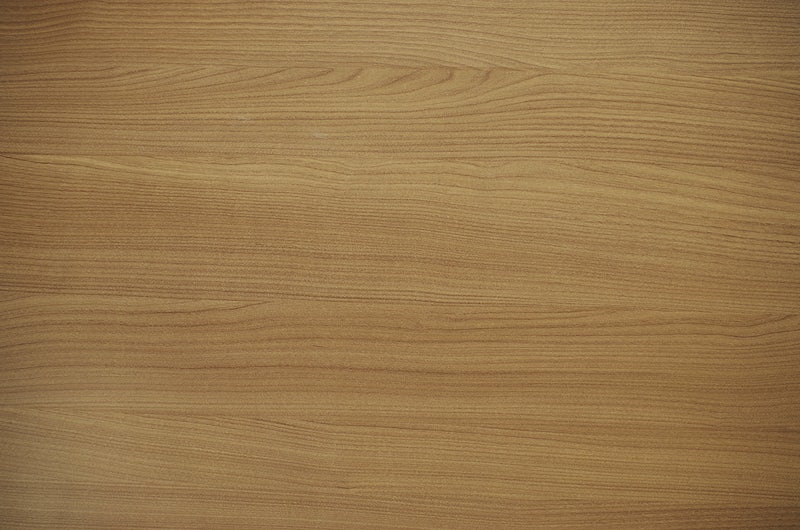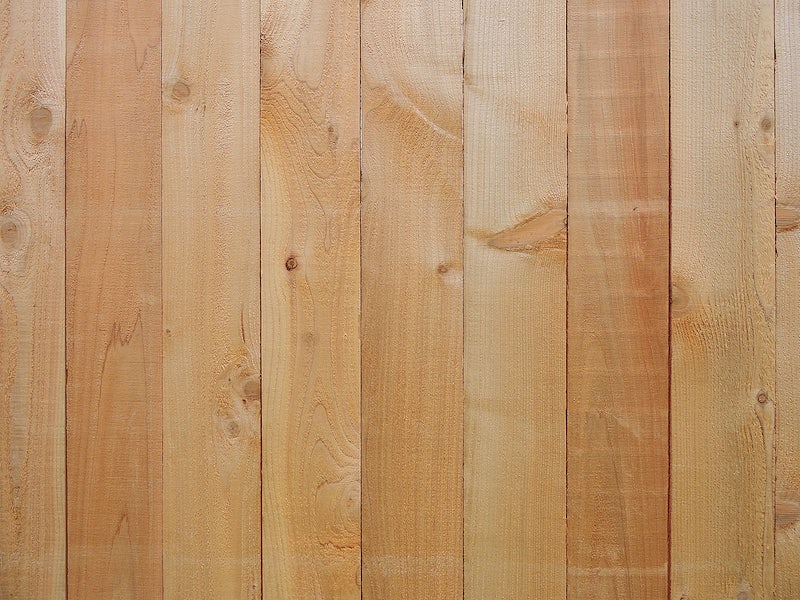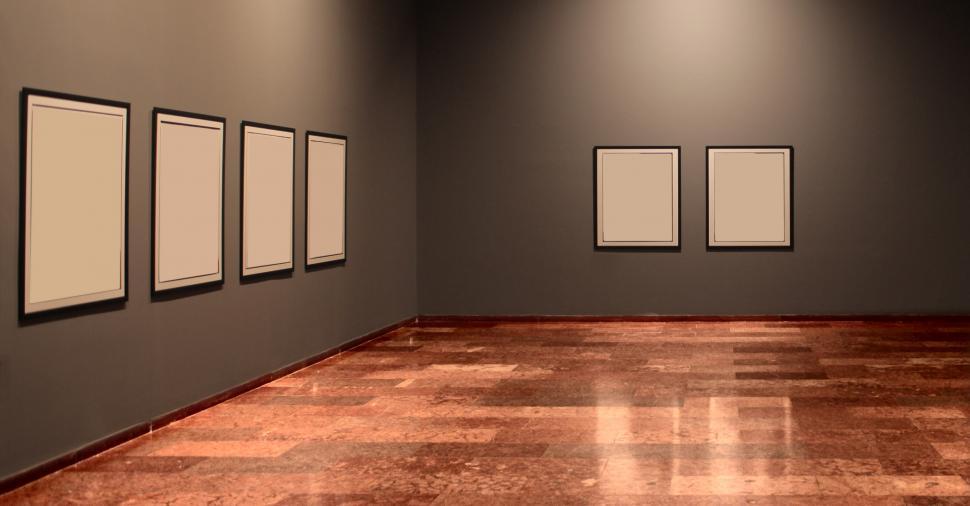Grey walls are a great choice for creating a calming atmosphere in any room of the house. They offer a neutral backdrop that can be easily accented by bright colors, artwork, and décor items. However, when it comes to choosing the perfect flooring option to go with grey walls, there is no one-size-fits-all answer.
The ideal wood floor for your home will depend on several factors such as the overall design of the space, your budget, and personal preferences.
In this article, we’ll discuss what wood floor goes best with grey walls so you can make an informed decision about which type of flooring would work best in your home.
Types of Wood Flooring for Grey Walls
The type of wood floor you choose will largely depend on the look and feel that you want to create. Here are some popular options worth considering:
1. Oak:

Oak is a classic choice that has been used in homes for centuries. It’s easy to maintain, durable, and relatively inexpensive. Plus, its light color helps create an airy atmosphere in any room with grey walls.
If your home has modern décor, choose a white-washed or pickled oak floor for a light and airy look. For a more traditional style, consider medium-toned red oak floors with subtle grain patterns.
Whichever type of oak you choose, its natural warmth will help create an inviting atmosphere in any space with grey walls.
Pros:
1. Easy to maintain.
2. Durable and long-lasting.
3. Inexpensive.
4. Light color helps create an airy atmosphere.
Cons:
1. Can be slippery when wet.
2. Requires regular cleaning and maintenance such as sweeping, vacuuming, and mopping to keep it looking its best.
Cost:
Oak flooring generally costs between $3 and $10 per square foot, depending on the type of oak and finish.
2. Maple:

Maple is a good option if you’re looking for something more contemporary than oak. Its slightly darker hue can bring an elegant touch to your interior design without feeling too heavy or overwhelming.
For a more classic look, choose light-colored maple floors with subtle grain patterns. For a more modern feel, opt for dark-stained or medium-colored maple floors.
Pros:
1. Available in many different colors to suit any style.
2. Adds warmth and elegance to any room.
3. Easy to clean and maintain.
Cons:
1. Can be slippery when wet.
2. May be more expensive than other wood flooring options.
Cost:
Maple flooring generally costs between $5 and $10 per square foot, depending on the type of maple and finish.
3. Walnut:

Walnut has a warm, rich color that pairs nicely with grey walls. This type of wood is more expensive than the other options we’ve mentioned, but it will add an extra level of sophistication to your space.
Walnut flooring is available in a variety of hues, from light to dark. Choose a lighter shade for a more traditional look or darker tones for something more modern.
Pros:
1. High-end look and feel.
2. Adds warmth and elegance to any room.
3. Durable and long-lasting.
Cons:
1. Can be pricey compared to other wood flooring options.
2. Requires regular cleaning and maintenance such as sweeping, vacuuming, and mopping to keep it looking its best.
3. Darker walnut floors can show dirt more easily than lighter-colored woods
Cost:
Walnut flooring generally costs between $10 and $20 per square foot, depending on the type of walnut. moreover, other costs such as installation, finishing, and delivery may apply.
4. Pine:

Pine is a great choice if you want a rustic feel in your home. Its knotty texture and natural color variations give it a unique character that can make any room look cozy and inviting.
Pine flooring comes in a variety of shades ranging from light to dark. Choose a lighter shade for a more traditional look or opt for darker tones for something more modern.
Pros:
1. Adds warmth and coziness to any room.
2. Can be painted or stained to match any interior decor.
3. Affordable and easy to install.
Cons:
1. Can be soft and prone to dents and scratches.
2. Requires regular cleaning and maintenance such as sweeping, vacuuming, and mopping to keep it looking its best.
3. Susceptible to water damage.
Cost:
Pine flooring generally costs between $3 and $18 per square foot, depending on the type of pine. Moreover, other costs such as installation, finishing, and delivery may also apply.
5. Bamboo:
Bamboo has become increasingly popular in recent years due to its eco-friendly nature and easy installation process. It also adds visual interest to any room with grey walls thanks to its distinctive patterning and light hue.
Pros:
1. Eco-friendly: Bamboo is a renewable resource that grows quickly and easily. It requires less energy to grow than other trees, meaning it has less of an environmental impact.
2. Durable: Bamboo flooring can last for up to 25 years with proper care and maintenance.
3. Easy to install: Bamboo is easy to install, as it typically comes in tongue-and-groove planks that fit together like a puzzle.
4. Aesthetics: Bamboo has a unique natural grain pattern and light hues that complement grey walls nicely.
Cons:
1. Expensive: Bamboo flooring can be expensive, especially when compared to other types of flooring.
2. Prone to scratches and dents: Bamboo is a softer material than other types of wood, meaning it is prone to scratching and denting if not cared for properly.
3. Difficult to refinish: While bamboo is easy to install, it can be difficult to refinish if the flooring becomes damaged.
Cost:
The cost of bamboo flooring varies depending on the type and quality, but it generally ranges from $5 to $11 per square foot. Installation costs will vary as well but can range from $3 to $7 per square foot.
Tips for Choosing a Wood Floor to Go with Grey Walls
When choosing a wood floor to go with grey walls, consider the following tips:
1. Choose a shade of wood flooring that complements the color and style of your grey walls.
2. Consider how much maintenance you are willing to put into your flooring. For example, darker walnut floors require more care than lighter pine floors.
3. Think about adding a border or transitional piece between the wall and the floor to create a subtle contrast in colors and textures.
4. Consider the type and size of furniture you plan to use in the room to determine how much flooring you will need.
5. Make sure to choose a finish that is suitable for your lifestyle and the wear-and-tear the flooring will be subject to.
6. Pay attention to any additional costs such as installation, delivery, and finishing.
7. Be sure to read reviews of the flooring you are interested in purchasing to ensure it is suitable for your needs.
Related Topics:
Conclusion
When deciding which type of wood floor goes best with grey walls, it’s important to consider the pros and cons of each option before making a decision.
While oak is a timeless choice that will last for years, lighter shades such as maple or bamboo can bring a modern touch to your home.
Meanwhile, walnut offers a luxurious look and feel, while pine provides an affordable way to add some rusticity. Ultimately, the right choice will depend on your style and budget.
FAQs
Q: What type of wood floor goes best with grey walls?
The right choice for your home will depend on your style and budget. For a timeless look, oak is an excellent choice. Maple or bamboo can bring a modern touch to the room, while walnut offers a luxurious feel. Pine is an affordable option that adds rusticity to the space.
Q: How do I make sure my wood floor lasts?
To ensure your wood flooring lasts for years to come, it’s important to keep it clean and dry at all times. Avoid walking on wet floors, and mop up any spills quickly before they have time to damage the surface. Make sure you use the right cleaning products for your particular type of wood floor, as some materials can be more sensitive than others.
Q: Is it better to paint or stain my wood floor?
It depends on your personal preference. Painting your wood floor will create a smooth surface that is easy to clean and maintain, while staining allows you to show off the natural grains and texture of the wood. If you’re unsure which option is best for you, it’s recommended to speak to a professional contractor who can advise you on the best approach.
Q: How do I care for my wood floor?
To keep your wood floor in tip-top condition, it’s important to clean it regularly using the right products. Make sure you sweep or vacuum daily, and mop up any spills as soon as possible. You should also use protective mats beneath furniture legs, and ensure your floor is not exposed to direct sunlight for prolonged periods.


2 thoughts on “What Wood Floor Goes With Grey Walls? (Guide)”